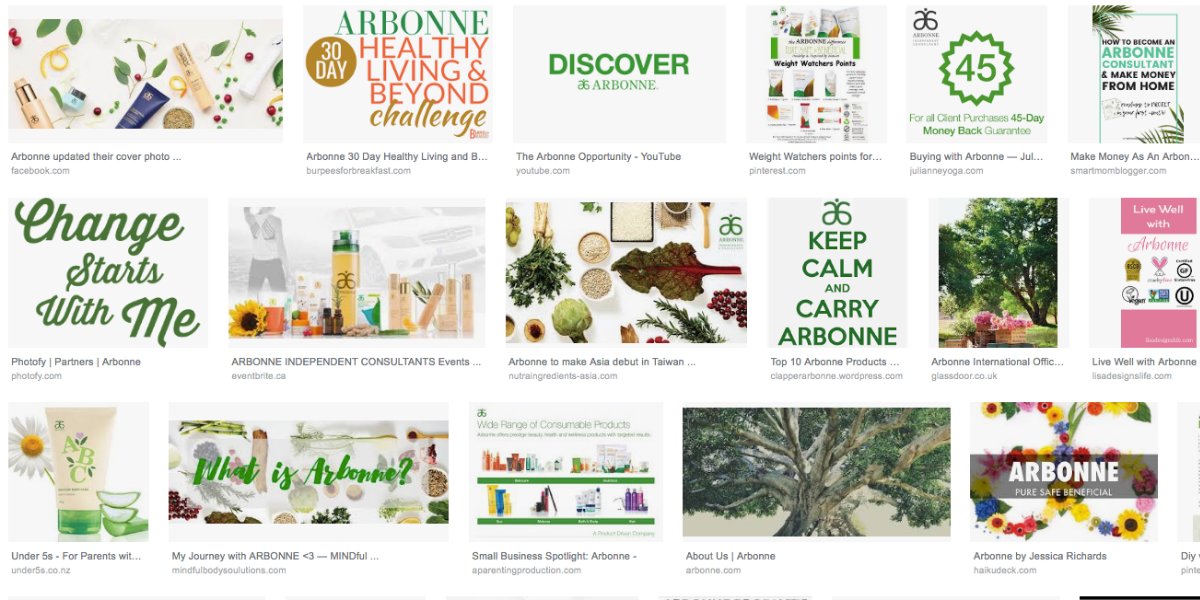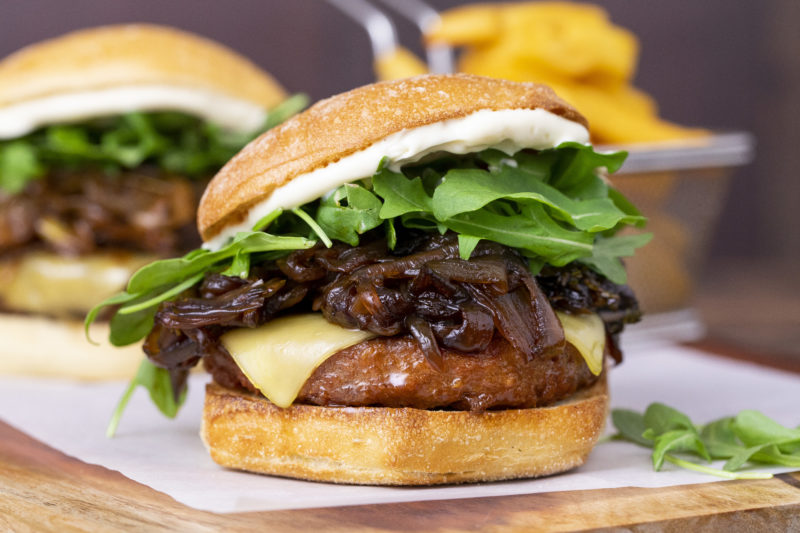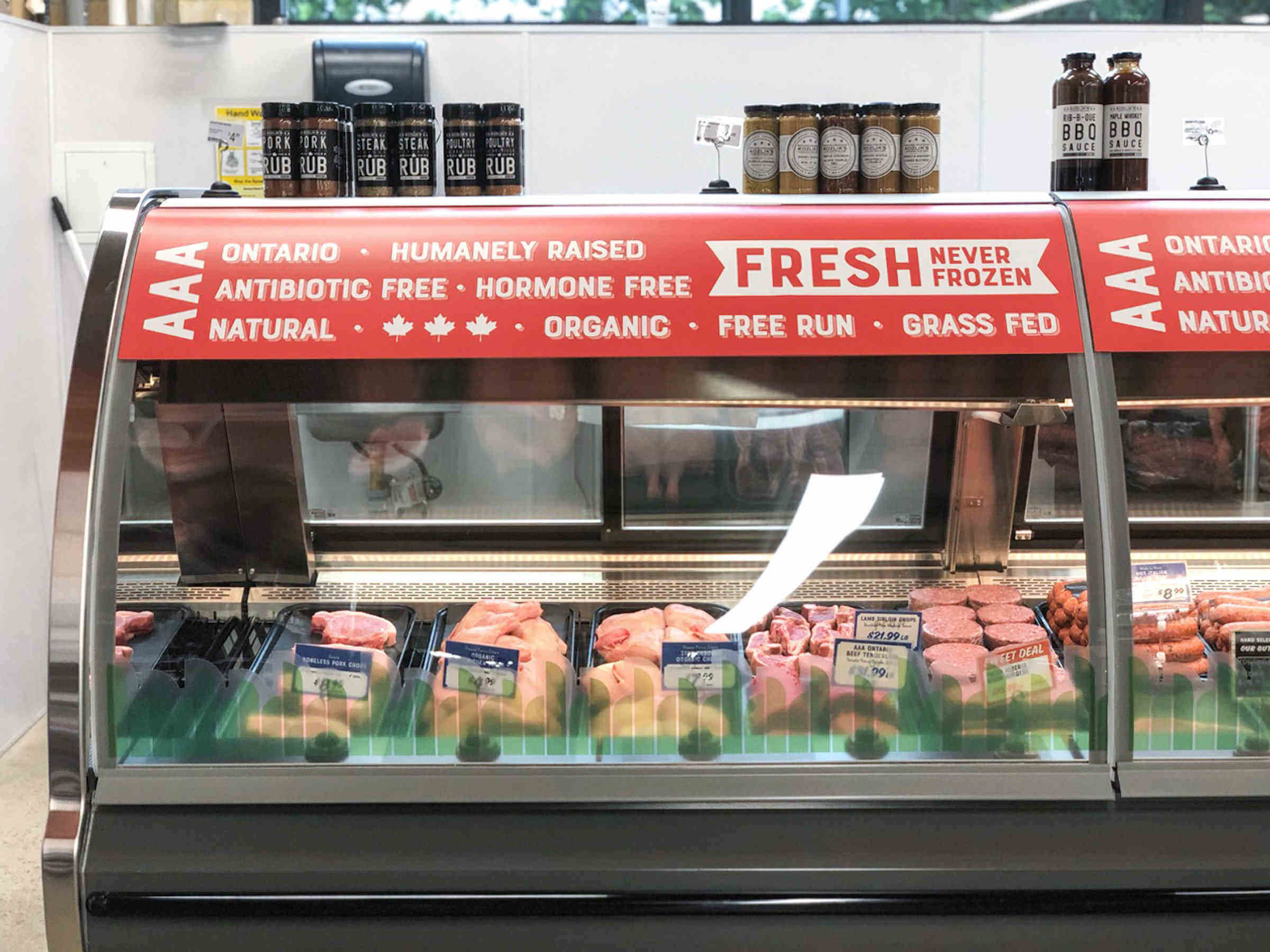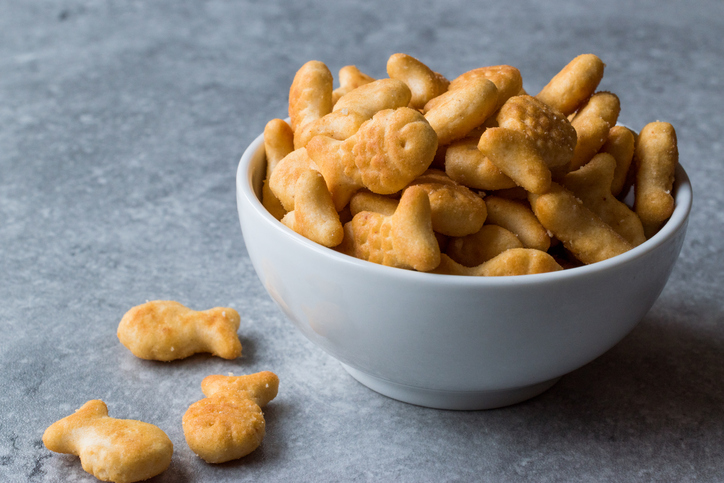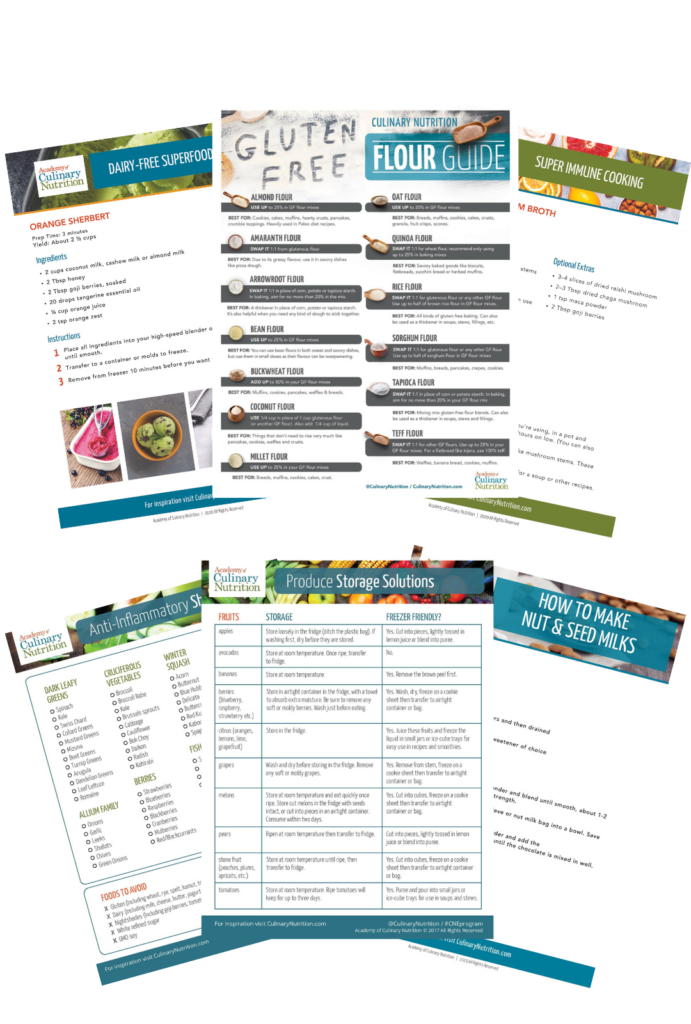What is Natural Flavour? Is It Actually ‘Natural’?
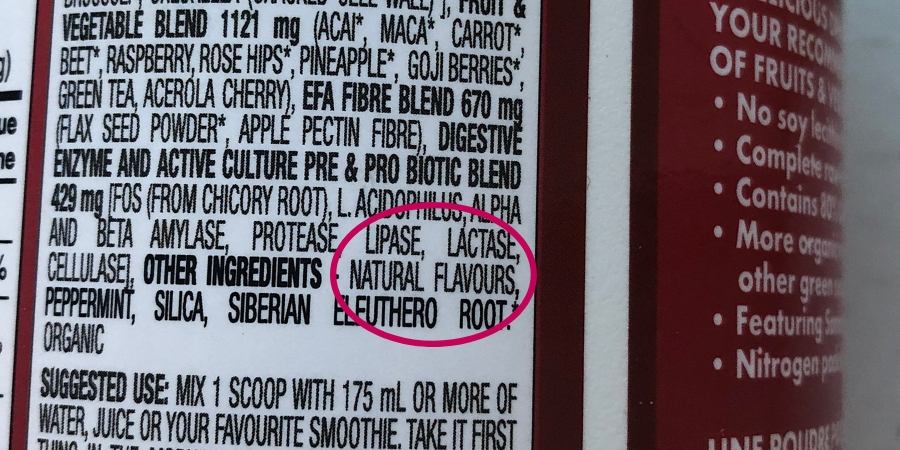
If you’ve ever looked at a food label or read the health claims on the front of the package, you’ve probably seen the term ‘natural flavour’ (or ‘natural flavor’ for our friends in the United States). Maybe you’ve wondered what is natural flavour exactly. Perhaps you assumed it was a good thing because ‘natural’ has to mean it’s from nature, right? Natural flavour is an extremely vague term that really doesn’t tell us much about what’s actually in the product we’re eating.
Natural flavour is to food, what fragrance is to beauty care products. It’s in everything and we have absolutely no idea what it actually is.
Natural flavours are the fourth most common food ingredient listed on food labels. Fourth! And most of us don’t even know what it is. Given this prevalence, you’d probably expect more transparency and regulations around these flavours, so as consumers, we can decide whether we want to eat that food or not. And yet there isn’t.
I have wanted to write about natural flavour for some time but every time I began my research, it got all muddled because it is such a confusing and convoluted topic. It finally dawned on me that maybe this is intentional. Is it possible that there is no clear definition so that we’ll just carry on with our assumption that ‘natural flavour’ is okay? Or at the very least, that ‘natural flavour’ has to be better than ‘artificial flavour’?
Foods That Commonly Contain ‘Natural Flavour’:
- Herbal teas (some may be labelled as organic)
- Flavoured milks (dairy and non-dairy)
- Candy
- Chocolate
- Flavoured waters
- Protein and greens powders
- Sauces and gravies
- Flavoured potato chips and crackers
- Protein and granola bars
- Meats and cold cuts
- Cheese
- Cereals
- Juices
- Mints and gum
What Is Natural Flavour: Legal Definitions
According to Canada’s Method of Production claims, a food that is natural is assumed:
- not to contain, or to ever have contained, an added vitamin, mineral nutrient, artificial flavouring agent or food additive.
- not to have any constituent or fraction thereof removed or significantly changed, except the removal of water.
- not to have been submitted to processes that have significantly altered their original physical, chemical or biological state.
When it comes to natural flavours, they must be derived from plant or animal sources.
However, the Canadian regulations state that “Any additive, such as preservatives and solvents added to a flavour preparation to have a technological effect solely on the flavour, does not modify the “natural” status of the flavouring material itself. However, the addition does alter the natural status of the food to which it has been added, even though it need not be declared as an ingredient on the food label.” (The emphasis is mine).
In the United States, according to the FDA:
“The term natural flavor or natural flavoring means the essential oil, oleoresin, essence or extractive, protein hydrolysate, distillate, or any product of roasting, heating or enzymolysis, which contains the flavoring constituents derived from a spice, fruit or fruit juice, vegetable or vegetable juice, edible yeast, herb, bark, bud, root, leaf or similar plant material, meat, seafood, poultry, eggs, dairy products, or fermentation products thereof, whose significant function in food is flavoring rather than nutritional.”
In a nutshell, natural flavours in the US are similar to what they are here – natural flavours must come from plant or animal sources.
But What Does Plant or Animal Derived Actually Mean?
Natural flavours are derived from natural sources, while artificial flavours are made in a lab. Where it gets tricky is while this may seem like a major and important distinction, in the case of natural flavours it’s really not. With other ingredients such as artificial sweeteners and artificial colours, there is a huge difference between the artificial and whole food counterparts.
Unfortunately, the only difference between natural and artificial flavours is their source – chemically, they’re probably exactly the same. And the process of making the flavour may include solvents or other chemical ingredients, making the ‘natural flavour’ extremely far removed from its initial source.
The only difference between natural and artificial flavours is their source – chemically, they’re probably exactly the same.
This food science professor basically sums it up:
“There is little substantive difference in the chemical compositions of natural and artificial flavorings. They are both made in a laboratory by a trained professional, a “flavorist,” who blends appropriate chemicals together in the right proportions. The flavorist uses “natural” chemicals to make natural flavorings and “synthetic” chemicals to make artificial flavorings. The flavorist creating an artificial flavoring must use the same chemicals in his formulation as would be used to make a natural flavoring, however. Otherwise, the flavoring will not have the desired flavor. The distinction in flavorings – natural versus artificial – comes from the source of these identical chemicals and may be likened to saying that an apple sold in a gas station is artificial and one sold from a fruit stand is natural.”
FOOD LABEL REGULATIONS ARE CLEAR AS MUD
Here in Canada, as I mentioned above, a product cannot be considered natural if it has been submitted to processes that would greatly alter its original state. When you look at some of the maximum processes that may render a food ineligible for ‘natural’ status, you’ll find a list that includes:
- Bleaching (with chemical addition)
- Curing (with chemical addition)
- Decaffeination (with chemical addition)
- Denaturation (with chemical change)
- Enzymolysis (with chemical addition)
- Hydrolysis (with chemical addition)
- Oxidation (with chemical addition)
- Reduction (with chemical addition)
- Smoking (with chemical addition)
- Tenderizing (with chemical addition)
But to my understanding, natural flavours or processed flavours don’t fall under these guidelines. The government makes it even more confusing by stipulating that a food product can contain a ‘natural flavor’, yet still be altered to proclaim that it contains only ‘natural flavours’ even if the food itself can no longer carry the claim ‘contains only natural ingredients’. You can read that confusing load of flizzenflop here.
Vegans Beware
Some natural flavours may be animal derived. Because companies do not have to disclose the source of the natural flavour, it is possible that foods that by their ingredient label may appear 100% plant-based, may not be. There was a case here in Toronto where a woman with an anaphylactic allergy to dairy was hospitalized after unknowingly consuming dairy at the Vegandale Brewery. The owners admitted that they did not know all of the ingredients in everything they were using in the food and that they may have been dairy in some of their seasonings.
Deciphering Natural Flavour Labels
Food manufacturers aren’t required to list exactly what ingredients are in their natural flavours. Common allergens must be identified, so I’d assume if there was one of the top allergens in the natural flavour formulation there would be a warning.
There really isn’t a tried and true method of determining what’s in a natural flavour just by looking at the label. ‘Natural flavour’ could be raw cacao or an essential oil or something else entirely. The ingredients of ‘natural flavour’ do not need to be disclosed on an ingredient label. Your best bet is to reach out to the company and ask.
You may or may not get an honest response – some natural flavours are considered proprietary, and companies don’t want to give away their secrets (not like any of us have the tools or technology in our kitchens to recreate natural flavours, but other companies would). On the other hand, some companies are willing to explain, or at the very least let you know if an uncommon allergen (like a fruit extract or essential oil) is present.
Are There Health Risks to Natural Flavours?
Maybe. Again, it’s hard to tell without knowing the precise ingredients so we can check the scientific studies available, if any. In general, according to the FDA most natural (and artificial) flavours are either considered safe or ‘generally recognized as safe’ (GRAS). And the regulators argue that we are consuming natural flavours (and any chemicals contained in them) in such small amounts anyway, there’s not a huge cause for concern.
But the dose does matter. As one example, diacetyl is a compound used to lend a buttery flavour to foods. Studies have linked worker exposure to diacetyl in food manufacturing, particularly the microwave popcorn industry, to respiratory issues. Other evidence has linked isoeugenol, extracted from cloves, basil, gardenias and other plants, to liver cancer in male rats. Both diacetyl and isoeugenol are GRAS.
This is something that I’ve talked about before with personal care products, perfumes and cleaning products. One isolated ingredient or chemical may be safe in small amounts, but when you combine that singular chemical with hundreds of other chemicals we may ingest and are exposed to, and consume those chemicals on a regular basis, what is the cumulative effect? ‘Natural flavour’ isn’t just one ingredient – it’s a combo of several to produce a certain flavour profile. When it’s the fourth most prominent ingredient on food labels, and we are consuming a boatload of processed and packaged foods, you can probably understand my concern. Natural flavours may be benign, or perhaps we won’t understand the true and full effects until many years down the road.
How to Avoid Natural Flavours
The concept of natural flavours is baffling to me because you know what has flavour? Food. If you want the delicious flavour of chocolate, why not use some high-quality cacao or cocoa powder, rather than buying something with ‘chocolate flavour’ that has been engineered to taste like the original source it came from.
If you’re looking to avoid natural flavours, here are a few suggestions:
Read Labels
Check the ingredient portion of food labels and see if natural flavours is an ingredient. If it’s there, check with the company about what that natural flavour actually is and then decide from there if that particular food is something you’ll choose to buy.
Reduce or Limit Consumption of Processed and Packaged Junk Foods
Most of the time, you’ll find natural flavours in processed and packaged foods like frozen/convenience meals, chips, cookies, candy, chocolate. Aim to reduce and avoid these types of foods as much as possible.
Cook With Whole Foods
Start cooking with real natural foods from scratch. Do the processing in your own kitchen, rather than allowing the lab or a factory to do the processing for you. I’m talking about using ingredients such as:
- Gluten-free Grains
- Vegetables
- Fruits
- Nuts/Seeds
- Herbs
- Spices
- Healthy Fats
- Beans
- Legumes
- Eggs
- Meat
- Fish
- Poultry
- Fermented Foods
- Vinegars
When you prepare fresh ingredients at home, you’ll end up with food that is packed with flavour, texture and visual appeal. Aim to go straight to the source for your flavour, rather than obtaining flavour-like simulations from natural flavours.
There are no Natural Flavour trees. The only flavours I consider natural are those that come in the foods outlined above. The fresher they are, the more naturally flavourful they will be.
Further Reading
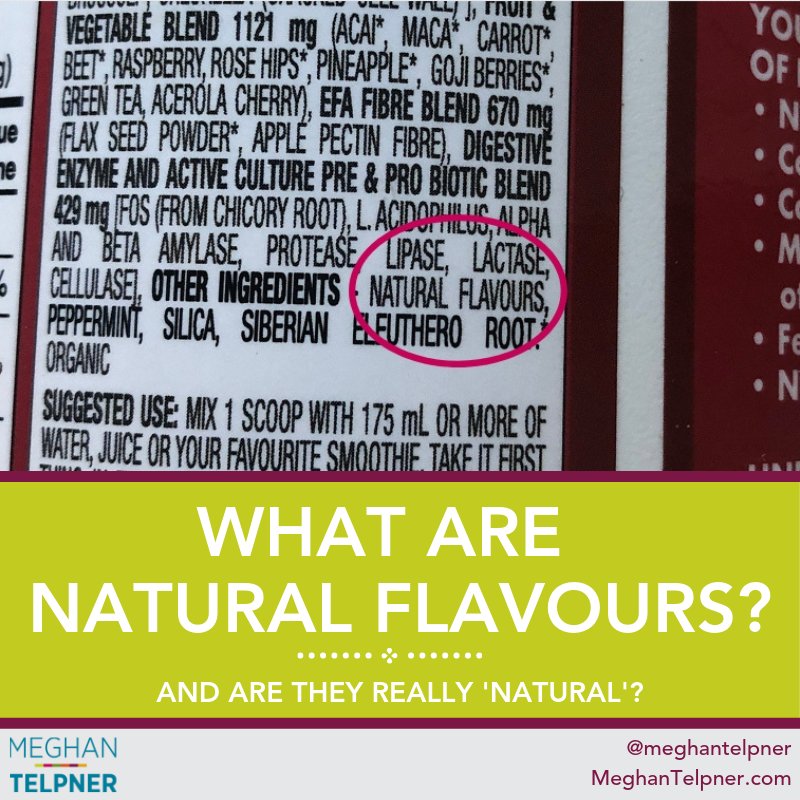
Free Resource Library
Enjoy more than 40 downloadable guides, recipes, and resources.















